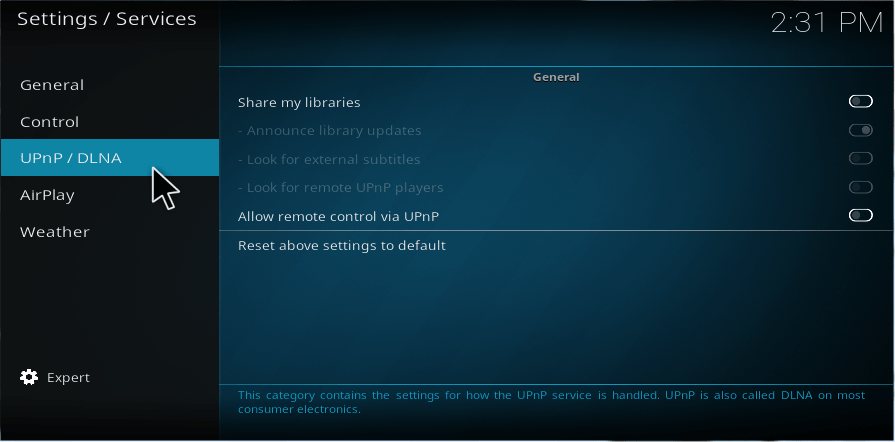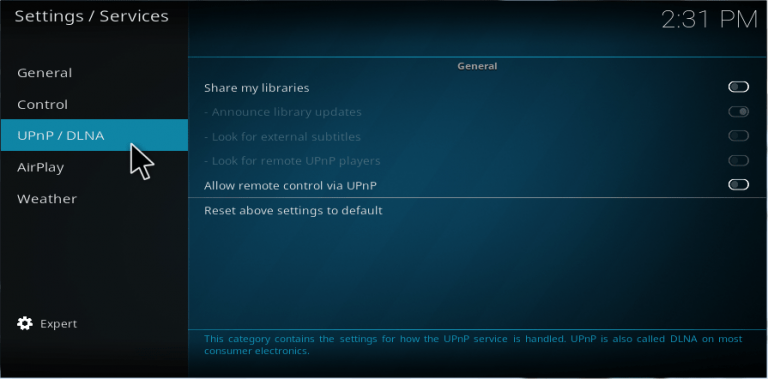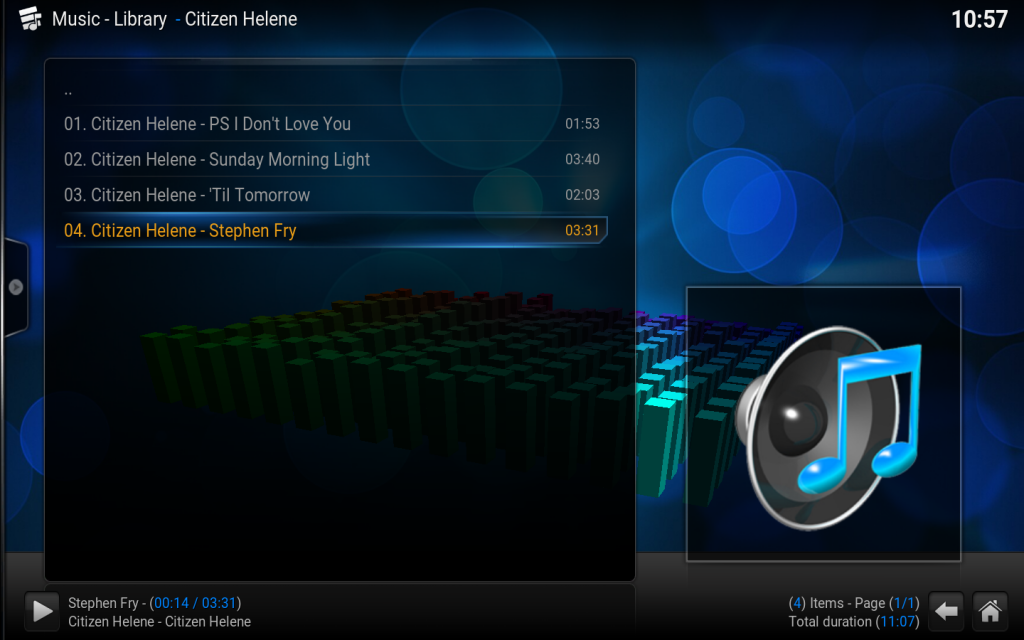

The important part is Sx圎xx, which stands for Season and Episode. For a TV series, you can include the episode title in the filename if you like. I put the source (my DVD) and the codec (x264) in the title, but these are optional. For Kodi to match things appropriately, I recommend adopting a directory and file-naming structure similar to this: Utopia Kodi uses a scraping service to pull down TV and movie metadata.

You have your own local, legally attained content.OK, it's installed… now what?īefore we proceed, note that I am making two assumptions about your media content: I'm sure that this will improve over time, but my experience is that Fedora 29 is not the ideal platform for Kodi. I tried it on Fedora 29, and it was quite unstable. Packages were maintained for Fedora 26 by RPM Fusion (referenced in the Kodi documentation). In Arch Linux, you can install the latest version from the community repo: sudo pacman -S kodi Sudo add-apt-repository ppa:team-xbmc/ppa How do I start?įor Ubuntu-based distributions, Kodi is just a few short commands away: sudo apt install software-properties-common Note that, as with all open source software, Kodi's developers are not responsible for the ecosystem's plugins. Today, Kodi has an extensible interface that has allowed the open source community to build new functionality using plugins. Kodi is now branded as an "entertainment hub that brings all your digital media together into a beautiful and user-friendly package." This, combined with legal issues involving Xbox in the name, lead the team behind XBMC to rename it Kodi. By 2014, XBMC had a thriving community, and its core functionality grew to include playing games, streaming content from the web, and connecting to mobile devices.

Welcome to the communityĪside from some uninteresting technical history, things remained fairly stable, and XBMC grew in prominence.


 0 kommentar(er)
0 kommentar(er)
